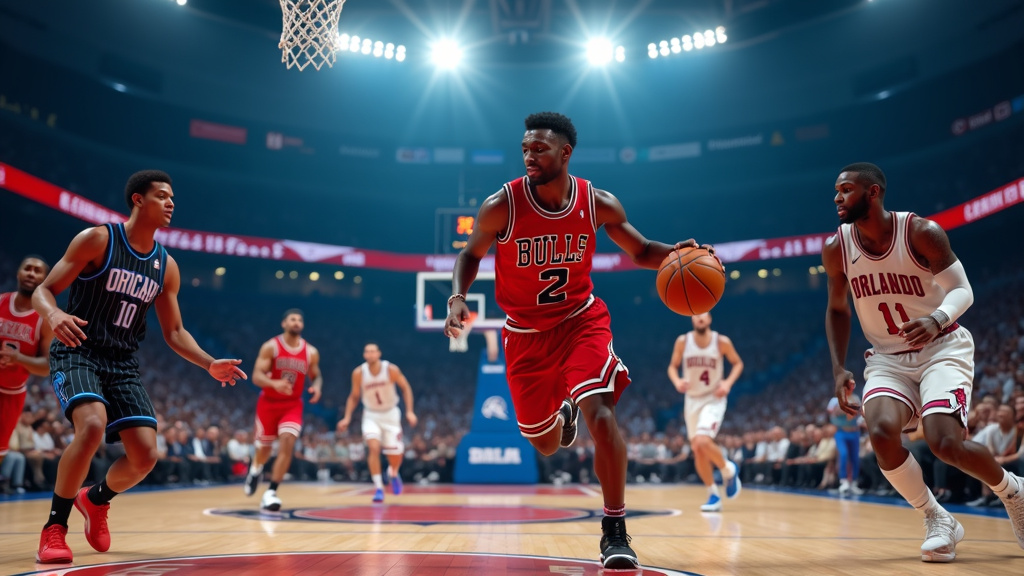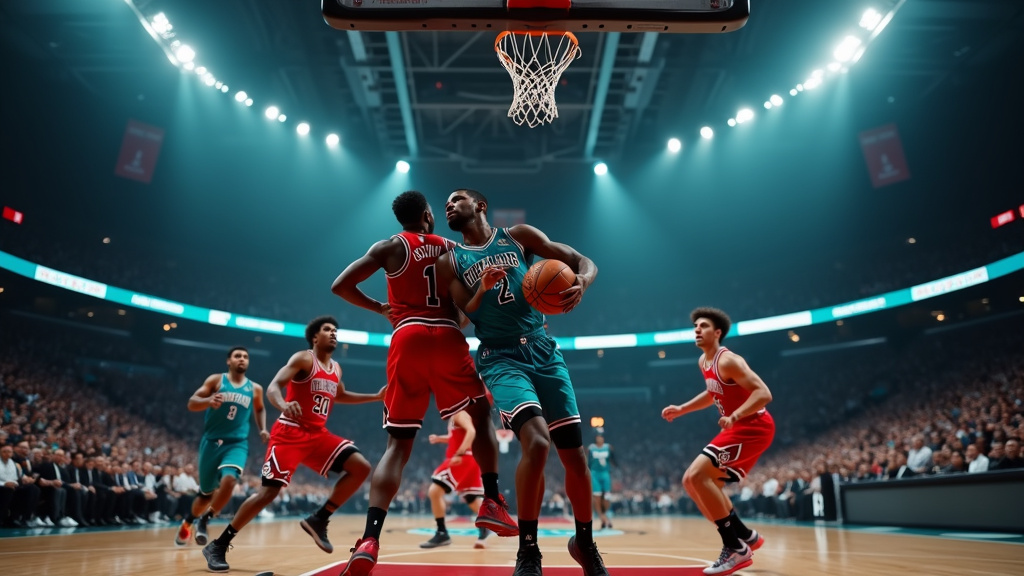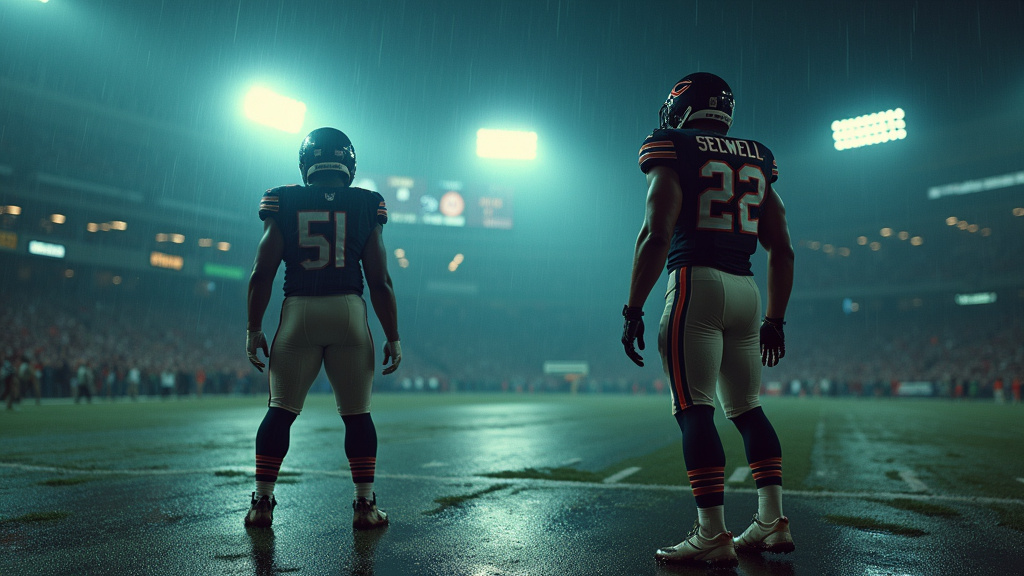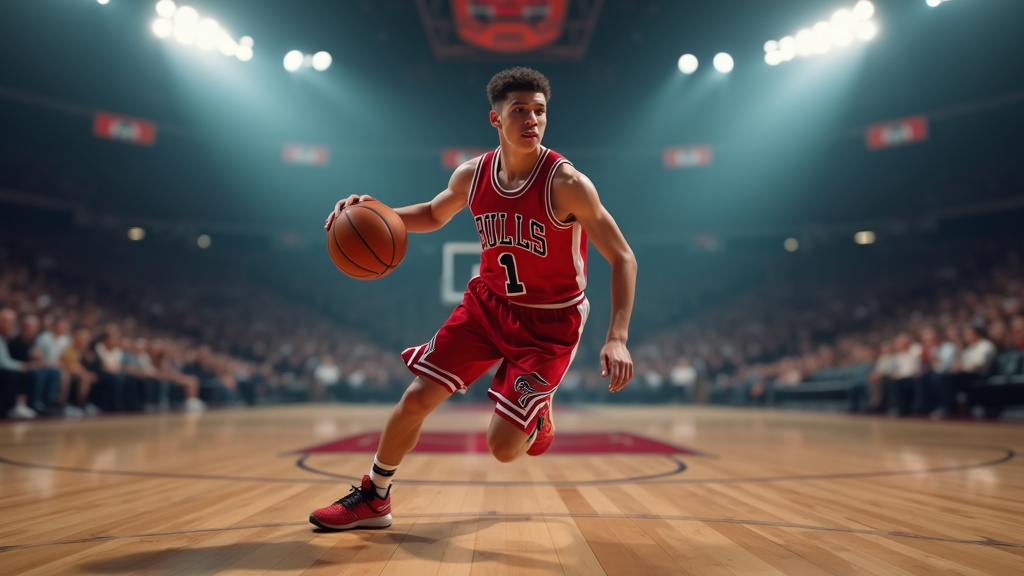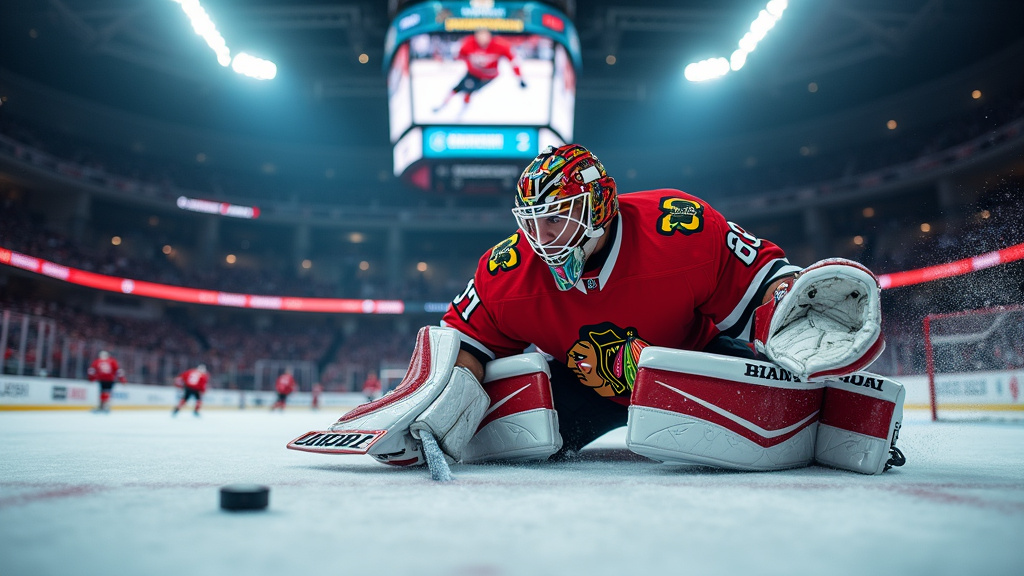The Chicago Bears are officially on a roll, securing their fourth consecutive win with a commanding 26-14 performance against the New Orleans Saints. This victory, achieved at Soldier Field, not only improves their record to 4-2 but also marks their longest winning streak since the 2018 season, fueling optimism across Chicago sports fans.
Defense Sets the Tone, Forcing Critical Turnovers
The Bears’ defense was the architect of this win, demonstrating a suffocating intensity that repeatedly stifled the Saints’ offense. In a pivotal display of disruption, Chicago’s defense forced a total of four turnovers, including three crucial interceptions of Saints quarterback Spencer Rattler. Nahshon Wright, Kevin Byard, and Tremaine Edmunds each recorded an interception, playing a significant role in shifting momentum and limiting New Orleans’ scoring opportunities. The defense also added a strip-sack by Montez Sweat, recovered by Gervon Dexter Sr., turning possession over and setting up scoring chances. This defensive resurgence has become a hallmark of the Bears’ current streak, contributing significantly to their league-leading turnover differential. The unit’s ability to generate takeaways has been paramount, with at least three in every game of their four-game run.
Ground Game Powers Offense to Season-High Rushing Yards
While the defense locked down the Saints, the Bears’ offense found its rhythm on the ground, showcasing a potent rushing attack that generated a season-high 222 yards. D’Andre Swift was the workhorse, breaking tackles and churning out 124 rushing yards to go along with an 11-yard touchdown run. He was powerfully supported by rookie Kyle Monangai, who added 81 rushing yards and a touchdown of his own, further highlighting the depth and effectiveness of Chicago’s run game. This dominant ground performance not only kept the chains moving but also controlled the clock, a critical factor in sustaining their lead throughout the game.
Williams Navigates the Game Amidst Passing Struggles
Quarterback Caleb Williams had an uneven performance, passing for 172 yards with one interception. While the passing game didn’t reach the heights seen in previous weeks, Williams managed the game effectively, avoiding costly mistakes that could have derailed the team’s momentum. His passes found targets like DJ Moore, who contributed 43 receiving yards, and Luther Burden III. Despite the perceived struggles in the air, the overall team victory underscored the Bears’ ability to win even when not every unit is firing on all cylinders. The offense also benefited from the reliable kicking of Jake Moody, who contributed 14 points with four successful field goals.
Building Momentum and Shattering Streaks
The significance of this victory extends beyond the scoreboard. The Bears have now won four consecutive games, a feat not accomplished since 2018, signaling a substantial turning point in their season. This streak also includes ending an eight-game losing skid against the New Orleans Saints, a testament to the team’s growth and resilience. At 4-2, the Bears are solidifying their position and showing they are a team to contend with. The consistent performances, particularly the defensive turnovers and the revitalized run game, indicate a positive trend that is now trending upward.
Coaching and Team Chemistry Fuel Success
Defensive Coordinator Dennis Allen, facing his former team, played a key role in motivating his unit, which responded with a dominant performance that culminated in a passionate post-game speech. Head Coach Ben Johnson’s emphasis on establishing the run game paid dividends, showcasing a strategic approach that leverages the team’s strengths. The cohesive effort across all three phases of the game—defense, offense, and special teams—highlights the developing chemistry and belief within the Chicago squad. This positive atmosphere and the ability to execute under pressure are crucial elements for a team aiming for a successful season. The news of this win reverberates through the sports landscape as a clear indicator of the Bears’ upward trajectory.



